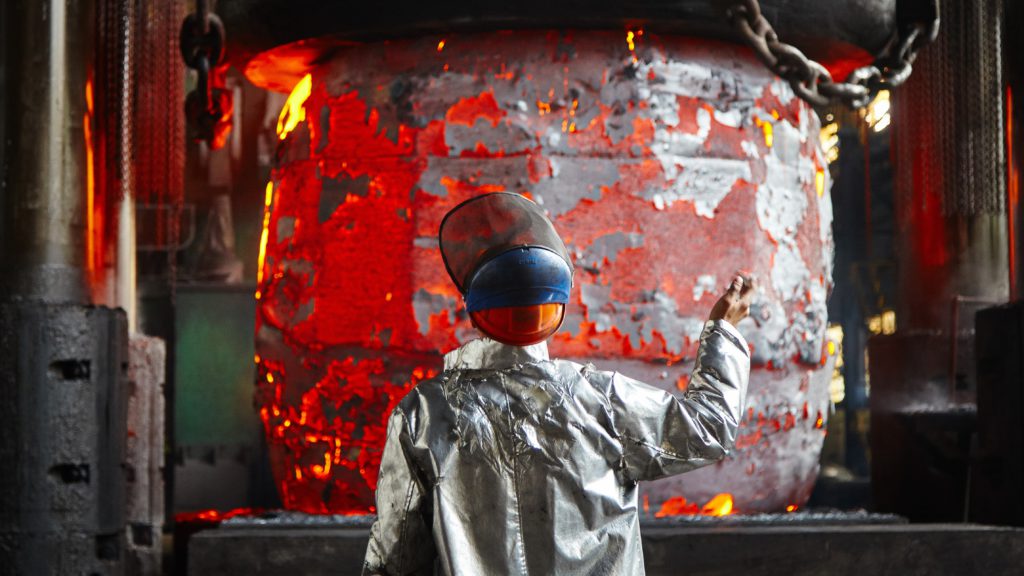Molybdenum price in Europe hits record high

The copper market took a breather on Wednesday after eight straight days of gains, but not before touching a fresh six month high of $4.39 a pound ($9,680 a tonne) in early trade, bringing its gains YTD to 12%.
Copper stocks shot out of the gate in 2023 on optimism over a post-covid recovery in China, which consumes more than half the world’s copper.
Copper producers’ margins are also buoyed by a surge in the price of molybdenum, often produced as a byproduct of porphyry copper mines. Global moly production of 300,000 tonnes per year is primarily destined for the steel industry.
Argus reports that European prices for moly are now at the highest levels since the company launched its in-warehouse Rotterdam assessment in 2019 as supply from China slows. China produces over 40% of the world’s moly. Chinese ferro-molybdenum hit 15-year highs recently.
“There is zero availability on the ground and some people actually flew some material from China,” a trader in Europe told Argus.
“Global molybdenum consumption is expected to continue increasing over the next decade as demand for molybdenum-containing steels grows. But production has been squeezed by lower molybdenum content in mined ores seams and a lack of new molybdenum projects to meet demand,” according to Argus analysis.
China’s grip on the market is unlikely to relax any time soon. Zijin Mining (SHA:601899, HKG:2899), which at around 500,000 tonnes per annum is the world’s ninth-largest copper producer, last year acquired the world’s largest primary molybdenum-only mine with annual output of 27,200 tonnes per year.
In Canada, Stuhini Exploration (TSX-V: STU) is advancing the Ruby Creek molybdenum project in the far north of British Columbia. According to the company’s March 2022 resource estimates Ruby Creek contains just over 196,000 tonnes of moly alongside the property’s gold and silver ore.
{{ commodity.name }}
{{ post.title }}
{{ post.date }}

Comments